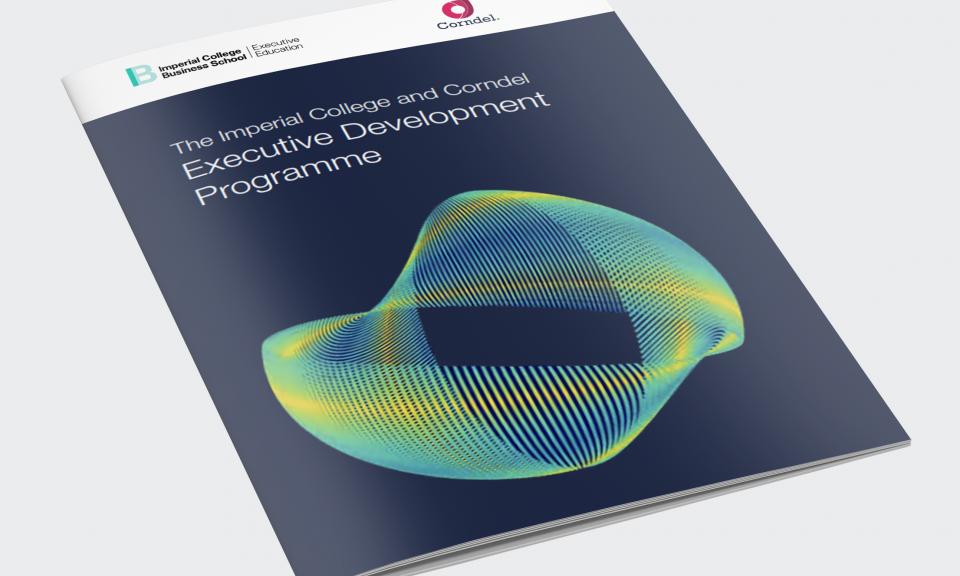
RAIPUR/BILASPUR/DURG (CHHATTISGARH): As Shahnawaz Khan waited for his wife’s turn in the snaking queue for tests at the All India Institute of Medical Sciences Raipur, his thoughts turned to another queue —one they will join on Tuesday to vote in the general elections.
And, like Khan, the thoughts of many voters are focused on two priorities —health and education—in one of India’s poorest states, with a large tribal population.
With seven Lok Sabha constituencies—Raipur, Durg, Bilaspur, Korba, Janjgir-Champa, Raigarh and Surguja—going to polls on Tuesday, Khan and thousands like him wait with renewed hope for a government that will improve and extend the state’s healthcare facilities.
For them these elections will bring either a moment of truth or colossal disappointment once again.

These issues are not limited to these seven constituencies. Chhattisgarh’s abysmal healthcare and broken education system in the smaller hamlets have been important to voters in Bastar and Kanker, where elections took place in the first and second phases.
Shahnawaz Khan, for instance, is in Raipur not out of choice, but medical compulsion.
“My wife complained of acute stomach pain and I took her to the local government hospital here at Bilaspur. They turned us away saying that they couldn’t do anything and asked us to go to Raipur instead.
“I drive an autorickshaw and don’t have enough savings to get her treated privately. Is it so difficult to equip government hospitals so that basic illnesses are treated?” said Khan, who lives in Mungel, near Bilaspur.
A senior Bharatiya Janata Party (BJP) leader in Chhattisgarh said that even though local government hospitals had been stocked with equipment and medicines, none of the instruments were in operation.
“Whether it is the Chhattisgarh Institute of Medical Sciences (CIMS) in Bilaspur or the district hospital in Kanker, the hospitals have new sonography and X-ray machines, but they are not in use,” the leader said, requesting anonymity.
“The cleanliness level at these hospitals is terrible and some of them even need permission to buy new bedsheets from the Director of Medical Education (DME) at Raipur. How is anything supposed to function when there is so much red tape.”
When Mint visited CIMS, the staff declined to comment. At another local district hospital, a junior staff said on condition of anonymity that “the state has earned the reputation of being a Naxal-infested state. No new qualified doctors or nurses wish to come and practice here. As a result, the patient to doctor ratio is disproportionately low at 1:15,900.”
Former chief minister Raman Singh of the BJP, asked about the condition of government hospitals, sidestepped the matter. “In the 15 years that we have been in power, we have done a lot of work in the health sector. We have built new health facilities in Bastar and in the Naxal zones of Dantewada, Sukma, Narayanpur and Bijapur. But the Congress government has come and stopped those facilities. They have removed existing staff on the pretext of appointing new staff. But those appointments have not happened yet,” Singh told Mint in Raipur.
The new Congress government, which elbowed out the BJP in assembly elections last year, however, says it will give the healthcare system a complete overhaul.
“We have already fulfilled 18 out of 36 promises in the first 100 days. We are aware of how acute the healthcare problem is and the government is working steadily at addressing the issue,” said Shailesh Trivedi, a senior Congress leader in Chhattisgarh.
Alongside the healthcare crisis in the state is a disintegrating education system.
Yashoda Kashyap helps her uncle run a sugarcane juice shop along the periphery of Durg. Yashoda studied in a government school still Class VII but was forced to drop out. “The teacher would not come to class and we were just about 10 or 11 students in class. So we all stopped going eventually. I help my family run the shop and at least get some money,” she said, to which her uncle Hemant Kashyap added, “We don’t care who comes to power. We have seen both BJP and Congress. They just need to take care of these basics for us and live up to the promises they make once in five years.”
“The drop-out rate among girls after Class IX is 68% and for boys it is 30%. The drop-out rate among the tribals and Scheduled Caste (SC) categories is higher because the children are married off, even though on paper these marriages don’t exist, in order to skirt the law,” said a senior official in the state government, who did not wish to be identified.
The official said the issue was exacerbated by the fact that while the state government had given the children free bicycles and course books, there was “a huge paucity of teachers in the schools. Additionally the schools don’t have proper bathrooms and the hygiene standards of the midday meals are very poor.”
[“source=livemint”]
















